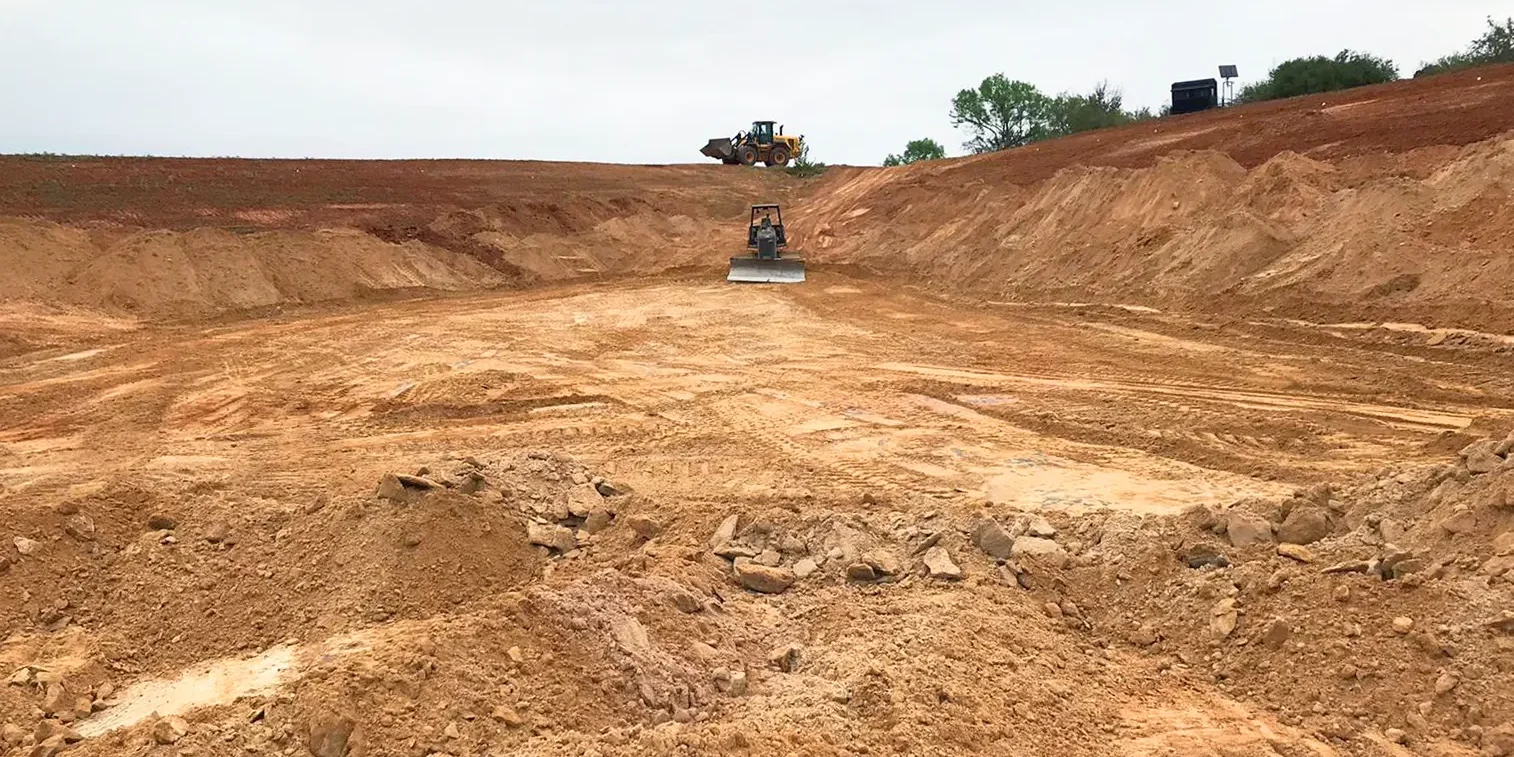Pond lining material comparison.
Before beginning to talk about the pond lining material, let’s make one thing clear, when we are talking about large ponds, we are talking about ponds larger than 5000sqft area.
Having a large pond is more challenging than having a small one, just for the simple fact that having more area increases the possibilities and places where the pond could leak.
Also, the purpose of a large pond is different. A large pond is used as a water deposit, for fish farming, swimming, etc. meanwhile, a small pond is generally a decoration.
Then, when you are looking for a lining material for a large pond, you are looking for the most resistant and affordable liner.
At simple eye is easy to go and buy the thicker liner available, but is this the right one for your pond purpose?
Sometimes it is, but there are other factors to consider when selecting a pond liner, like how many UV rays it resists, the weather, the use of the pond, the slope, etc.
We will analyze the most popular lining materials for large ponds, HDPE, RPE, and Clay liner. This is not a deep comparison, just a quick review of their characteristics and where they will have their best performance.
The pond lining materials
HDPE liner.
The high-density polyethylene is the most popular pond liner due to its low cost, chemical resistance, UV resistance, and cold-weather performance.
However, in a large pond, this material could not perform as well as others because it is very stiff and heavy, making it a bit complicated to install and prompt to crack.
Another downside is that you can’t order in a custom size, have to be welded on site.
HDPE is not recommended for hot environments because it tends to stretch and lose its properties.
RPE liner.
RPE is a new material in the market, and its life span is uncertain. However, this material has proved to have the same benefits as HDPE and fewer problems, for example:
- RPE is three times more resistant than HDPE
- It is thinner and more resistant to cracks
- RPE is 60% lighter than HDPE
- It is also more flexible
- It can be ordered in custom sizes.
The downsides of this material are the cost and unknown durability. We are not sure how many years it lasts, but some providers sell it with a 20 years warranty.
Bentonite clay liner.
Bentonite clay liner is in a different category of lining materials called active liners. The lining material is not waterproof in its natural state and requires some kind of mixture or activation to create the pond seal. Sounds like more work but comes with some interesting advantages like:
- It can self-repair from small punctures.
- It is 100% natural and safe for fish, plants, humans, etc.
- Easy to install.
- No need to order a custom size.
- Resistance to wear by animals and plants
- etc.
The downside of the clay pond lining material is the resistance to chemicals and the cost. Bentonite can not hold chemicals or oils as its plastic competitors, and also, it is not cheap.
Which is the best pond lining material?
The best pond lining material depends on the purpose of the pond and the pond location conditions.
The plastic materials and the clay materials do have not the same resistance to the wear, chemicals, and weather.
HDPE works best in ponds with a regular and open shape, and also for cold weather.
RPE is the most balanced lining material, you can use it in almost any weather condition, and resist chemicals.
Bentonite clay is the best lining material for large ponds where the quality of the water and life is important.
We can say that bentonite is the best pond lining material for farm ponds, swimming ponds, and ponds with fish and plants.





